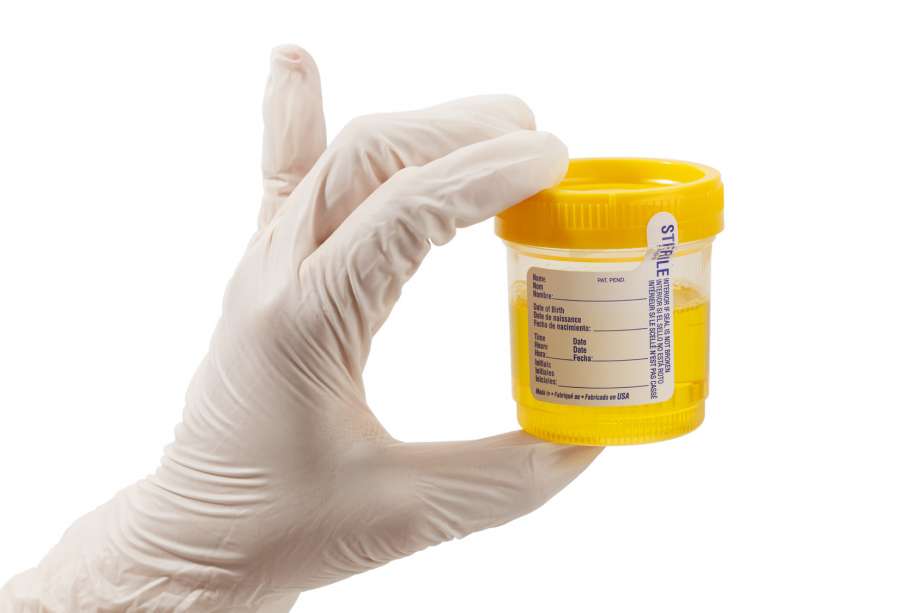Urine Test to Determine Biological Age
How old are you really?
It’s no surprise that ageing rates between individuals who share the same birth year can vary significantly. Most of us have all had the experience of being surprised to find out that someone is far younger than we had imagine — for instance, when an individual we thought was in their late 50s turns out to actually be in their mid-40s. And, by the same token, we will occasionally discover that someone is considerably older than we had guessed. The reason for these discrepancies is often because their biological ages are different than their chronological ages.
Therefore, there exist a number of parameters that help with the measurement of biological age that identifies an age-related change in body function or composition could more accurately predict your chances of developing age-related disease. Such biomarkers of ageing could be used to identify people at risk of disease, prompting preventative measures in lifestyle or early treatment. They could also be used to check how effective new anti-ageing therapies are.
Now, Chinese researchers say they have identified a natural chemical in urine that appears in higher concentrations as we age. The researchers said
the chemical may serve as a marker of your “biological age,” or how fast you’re aging, as opposed to your chronological age, which is based on your birth date. It’s easy to detect in urine, too, they added.
“Oxygen by-products produced during normal metabolism can cause oxidative damage to biomolecules in cells, such as DNA and RNA,” explains Jian-Ping Cai, a researcher involved in the study. “As we age, we suffer increasing oxidative damage, and so the levels of oxidative markers increase in our body.”
The biomarker 8-oxo-7,8-dihydroguanosine, or 8-oxoGsn for short, results from oxidation of RNA. In previous studies, Cai and colleagues found that 8-oxoGsn levels increase in urine with age in animals.
To see if this is true for humans as well, the team collected spot urine samples from 1,228 healthy people between the ages of 2 and 90, all of whom were undergoing routine health checkups. The participants were split about evenly between male and female.

Sure enough, in individuals aged 21 and older, there was an age-dependent increase in urinary 8-oxoGsn.
“We found an age-dependent increase in urinary 8-oxoGsn in participants 21 years old and older.” said Cai. “Therefore, urinary 8-oxoGsn is promising as a new marker of aging.”
Interestingly, levels of 8-oxoGsn were roughly the same between men and women, except in post-menopausal women, who showed higher levels. This may have been caused by the decrease in estrogen levels that happens during menopause, as estrogen is known to have anti-oxidant effects.
The team’s rapid analysis technique could be useful for large-scale aging studies, as it can process urine samples from up to 10 participants per hour.
































